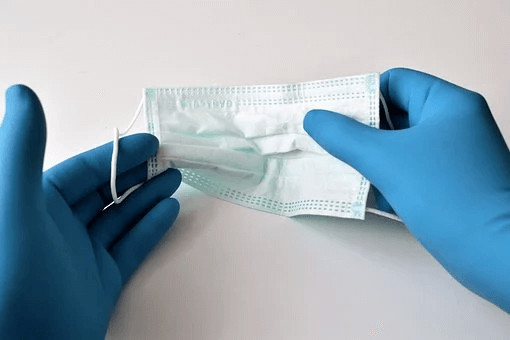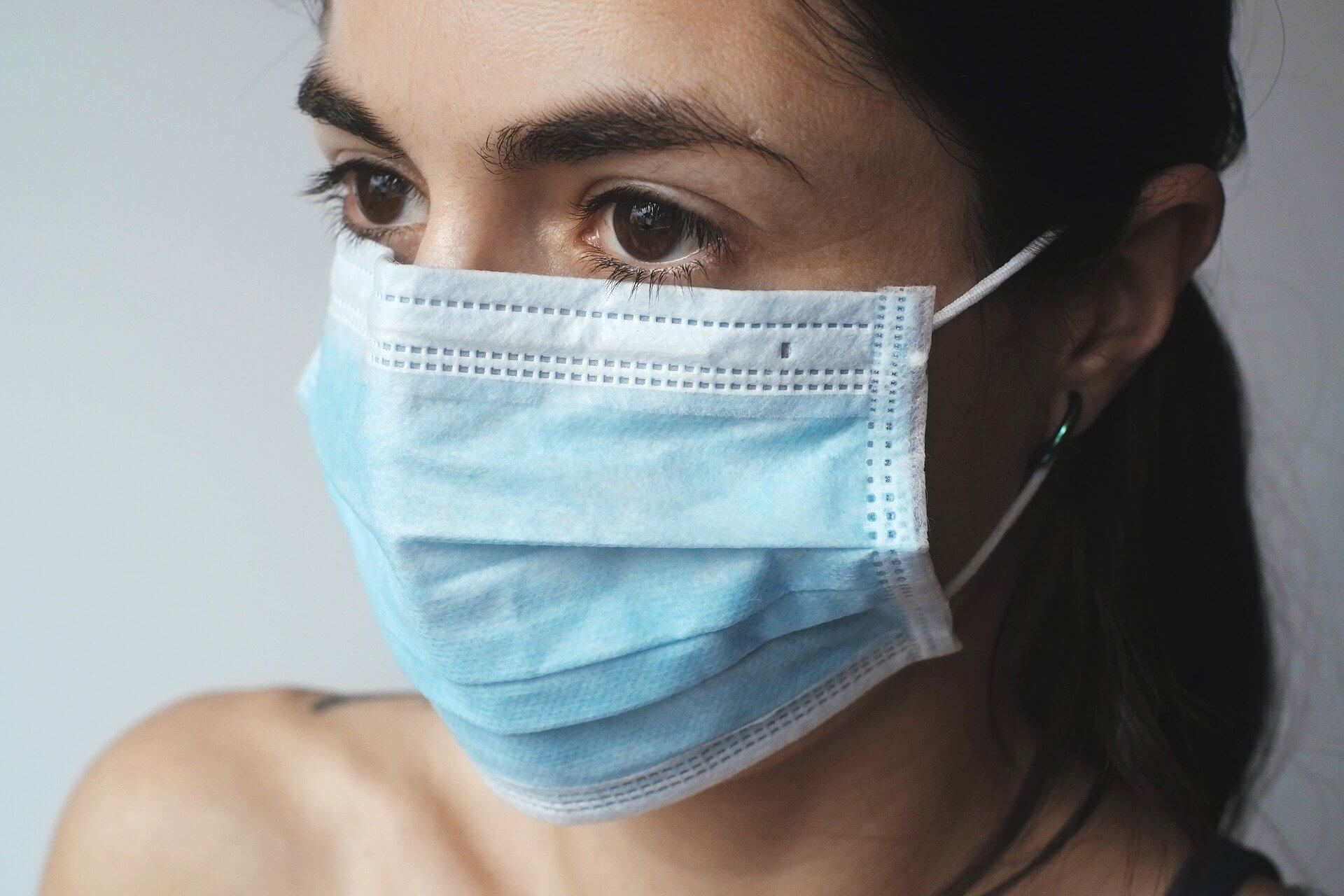How To Choose The Best Medical Exam Gloves
Medical Exam Gloves have recently acquired increased importance as a result of the emergence of COVID-19 as a new and significant public health issue. However, they have long been a staple at medical offices and clinics. They play a vital role in insulating health care professionals from biohazards, both viral and bacterial. In addition, they help to protect patients from possible cross contamination during medical examinations or other procedures. Outside of the medical field, exam gloves are important protective equipment for workers handling chemicals or other potential hazardous substances. In this post, we discuss how to choose the best medical exam gloves depending on the purposes to which you intend to apply them.
In general, there are three types of material that are widely in use for making exam gloves – vinyl, nitrile and latex. Each has strengths and weaknesses that are more or less evident in particular scenarios. Exam gloves also come in various thicknesses that may make them more or less suitable for particular types of work. We examine these considerations below.
When Are Vinyl Medical Exam Gloves The Best Choice?

The key advantage of vinyl gloves such as the Naturamed Powder Free Vinyl Exam Gloves is their low cost. In addition, they offer zero risk of allergic reactions compared to latex. These gloves tend to be the optimal choice when budgets are tight or if you need them for single use situations only.
Scenarios in which vinyl medical exam gloves tend to be the best choice include use in a medical office or hospital. You should also consider their use for cleaning residences or homes. There, cross contamination is a risk due to the presence of excrement, dirt, oil or grease in different locations. Disposable vinyl gloves that you can use once and then dispose of are ideal in this situation in order to control the cross contamination risk.. Because they are economical in price, you can use them in this way without driving up the cost too much.
However, if having a close fit is important to you, you may want to consider either nitrile or (ideally) latex instead. Vinyl gloves are not particularly elastic and therefore provide a looser fit.
If you are also concerned about the need to avoid infection, you can opt for the sterile variations of these gloves.
Latex Medical Exam Gloves
Latex gloves such as TG Medical Safeguard offer an optimal combination of stretchability and protection from hazardous materials. There is a relatively small percentage of patients and health care professionals who suffer from latex allergy histories. Nevertheless, these gloves tend to be the most popular choice in a wide range of scenarios. Along with their superior stretchability, these gloves can “snap back” into shape. This elasticity gives them the capability to closely fit your hand. They will therefore provide superior wearing comfort, inter alia, than either vinyl or nitrile gloves.
In addition to its stretchability, latex is a completely natural substance and is therefore the least harmful to the environment.
This type of glove tends to be favored for tasks involving handling hazardous substances. They are also a great choice for changing or cleaning patients’ soiled garments.
Nitrile Medical Exam Gloves
Nitrile gloves such as the Tuff or Alliance brands offer an allergy free alternative to latex. They also offer maximum strength and resistance to puncturing. They are also a more breathable choice than either vinyl or latex. However, they also tend to be the most expensive of the 3 materials we are comparing.
Nitrile is actually a type of synthetic rubber. It closely resembles latex but has superior puncture resistance. Nitrile gloves come in either powdered or powder free form and in sterile or non sterile variations. They are also available in different wrist-forearm lengths. This makes them applicable to a wide range of scenarios ranging from exam room checkups to handling of hazardous elements.
Powdered or Non Powdered?
In general, you can buy medical exam gloves in either powdered or non powdered form. Powdered gloves are generally easier to put on or take off. However, glove powder (particularly in latex gloves) may contribute to the development of latex allergies. As a result, if you have latex sensitivities issues you may want to opt for non powdered gloves. These in turn come in two forms – chlorinated and non chlorinated. If you are concerned about the ease of applying or removing the gloves, the chlorinated option will be the better choice.
Glove Thickness
Glove thickness, or gauge, is another important factor to consider when choosing the best medical exam gloves. Gauge is calculated as 1000 times the thickness in millimetres, so the higher the gauge the thicker the glove.
In general, thinner or lower gauge gloves will provide better flexibility and dexterity. They will also be more tactile, i.e. provide better sense of touch. This makes them a superior choice for medical or physical examinations or for medical procedures.
On the other hand, if you are less concerned tactile sensitivity and more interested in the glove lasting through several usage cycles, thicker or higher gauge gloves will be more durable, other things being equal.
Choosing The Right Glove Size

At the risk of stating the obvious, it is important to ensure that you choose the right glove size. Failure to do so will virtually guarantee that you do not get the best performance and protection from your investment. The typical way to measure for glove size is to wrap a measuring tape around your palm at the widest point. This is typically the point just above the “V” of your thumb.The resulting measurement (using inches) is your size. For example, if the circumference is 8 inches, you are a size 8. It is preferable to use your dominant hand for this measurement.
After measuring, use the instructions accompanying the glove to determine whether your size measurement corresponds to small, medium, large or extra large. Typical sizing is 7-8: Small, 8-9: Medium, 9-10: Large and 10-11: X-Large
If your glove is too large, it can be easily pulled off your hand at the wrong moment. Alternatively, liquids or small particles can enter the space between your hand and the glove. Either of these scenarios can open you to the risk of infection. In addition, the constant movement of the glove and the need to prevent it slipping off your hand will serve as a distraction.
On the other hand, gloves that are too small and tight will be difficult to put on or remove. They will also lack the dexterity you may need to move your fingers with precision during a medical exam. Wearing such a glove for even a moderate period can also lead to hand fatigue.
Conclusion
In this post, we have taken a quick look at the various types of materials used to make medical exam gloves. We have also explained the other key factors governing glove performance. We believe the key takeaway is that no glove is perfect for all situations. You should choose by weighing the pros and cons of each design alternative and picking the one with advantages that best match the needs of your particular situation.








The demand for examination gloves will increase owing to the rising demand for healthcare services worldwide.